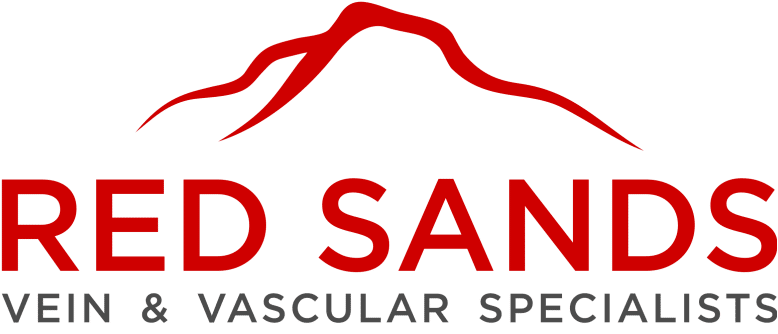About Radiofrequency Ablation
Radiofrequency ablation, also commonly known as RF ablation, is an advanced technique to address the varying degrees of vein disease. It is commonly used to treat superficial varicose veins.
Radiofrequency ablation is an innovative vein treatment that poses less risk to patients who opt for vein removal. With traditional vein surgery, there is much more bruising and bleeding when veins are removed, or stripped. There’s also a higher risk that vein disease will recur.
Radiofrequency ablation is a process that uses high-frequency radio wave therapy to treat varicose veins or veins that have become too weak or damaged to carry blood properly.
Radiofrequency ablation uses advanced Radio frequency technology to eliminate veins and relieve pain. This procedure is usually done on dilated straight veins.
Procedure
What to expect/ how long will it take?
During this process, an infrared laser or high-frequency radio waves are used to produce intense and localized heat. With these heat sources, a specific vein is targeted. This is what usually occurs during a standard laser vein removal procedure:
- Before treatment, if the patient is anxious or nervous, the physician will offer a sedative that can be picked-up at their pharmacy before their procedure date.
- When they arrive at the office, they will be taken to a private treatment room.
- The area of treatment is sanitized and anesthetized.
- A catheter is used to specifically direct the intense heat to the target area as well as avoid surrounding tissue damage.
- The damaged vein is shrunken or closed off, but not removed in order to prevent excessive bleeding or damage.
- As the body heals in the coming days and weeks, the body reroutes blood to healthy veins.
The procedure for radiofrequency and lasers are a bit different.
If the surgeon is using radio frequency, it is important that the area to be operated on be bloodless, since blood can coagulate on the tips of the catheter and make it less effective. Because of this, doctors often use heparin, a blood thinner, to clear any blood from the area.
With the laser procedure, blood is used to transfer the heat to the vein and destroy it. The Physician uses ultrasound along with local anesthesia to help him insert a catheter. Tumescent anesthesia is then introduced around the entire vein. After this process, a catheter is inserted and introduces heat to shut down the vein. To make the procedure even more effective, the patient is put in what’s called the Trendelenburg position. The patient is placed on his or her back, and the platform they’re on is tilted between 15 and 30 degrees so the legs are higher than the head.
Success Rate
Since this FDA-approved treatment for varicose veins has a success rate of over 95%, patients have a good outlook for:
- Improved circulation
- Reduced swelling and improved appearance
- Lessened pain
- Reduced risk for blood clots or ulcers
Like any other surgery, Radio frequency ablation comes with its risks, but these are only minor compared to the benefits.
Risks/ Side Effects
This therapy is considered to be much safer than traditional treatments for varicose veins, such as ligation or vein stripping. However, it is important to keep in mind that this is still a surgical procedure. Thus, there are some risks to consider, such as:
- Localized bruising
- Localized pain or swelling
- Formation of blood clots
- Nerve damage
- Potential for infection
There may also be other associated risks depending upon individual patient history.
Is it Painful?
Mild and pain and soreness is expected for a short time after the procedure.
Recovery Time
Radiofrequency ablation usually takes about an hour. It is considered an outpatient procedure, and the patient is able to go home right after the procedure. As the healing process begins, other veins will begin to take on its job of carrying blood.
The patient should not attempt strenuous activity right after the surgery, but can resume normal daily activities. They need to keep the surgical area dry and clean. Patients should wear compression stockings while they heal from the surgery. A few patients have numbness around the surgical site and notice bruising, and some patients experience minimal pain. However, these conditions should go away after about a week or so, and the Physician recommend treatments the patient can do at home to ease discomfort. In very rare cases, blood clots form in the area of the vein removal, and the nerves in the area are irritated.
This revolutionary vein surgery process leaves absolutely no scarring or other types of marks, due to the fact that the catheter is only a few millimeters in diameter.
Covered by Insurance?
RF ablation is almost always covered by insurance after deductible is met.
